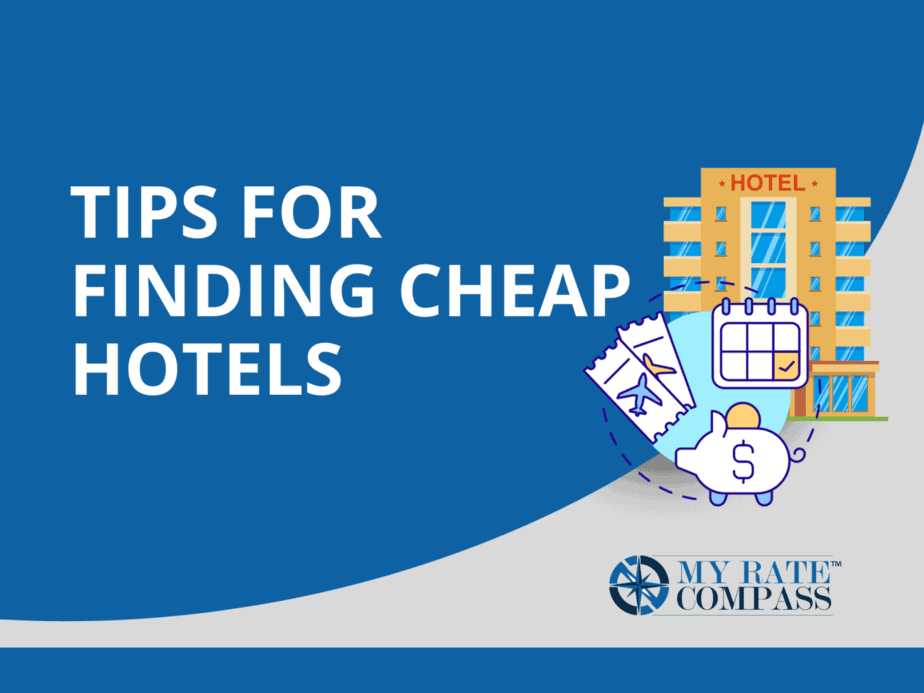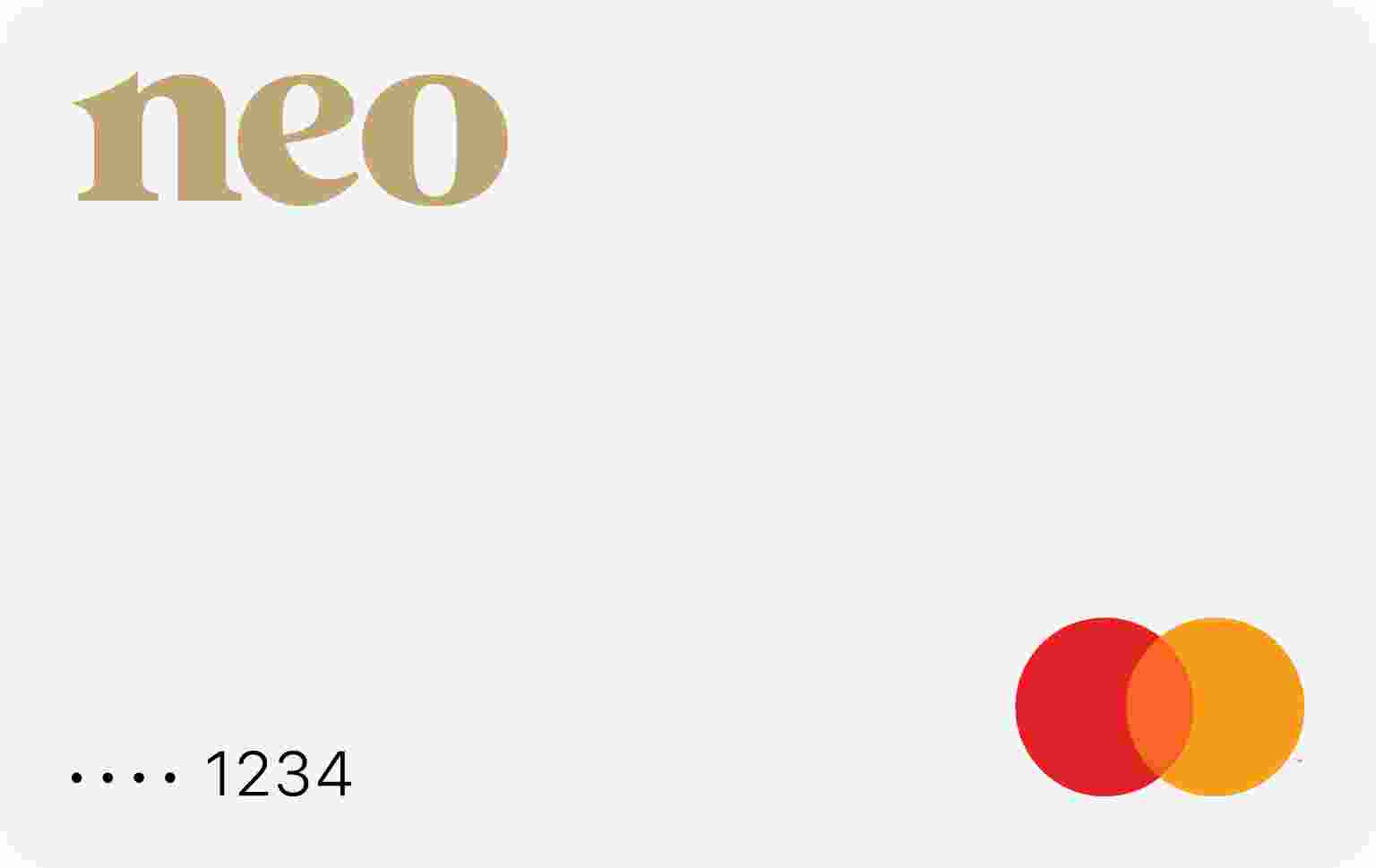If you’ve ever wondered what a routing number is and why it’s used in Canada, you’re not alone. In this blog post, we’ll explore everything you need to know about routing numbers in Canada, from what they are to how they’re used. We’ll also discuss some of the most common questions people have about routing numbers. So if you’re ready to learn more about this important part of the Canadian financial system, read on!
A routing number is a 8-digit code
A routing number is a key element for handling financial transactions. This 8-digit code is assigned to each individual financial institution and is used to identify the specific bank when conducting online banking operations or otherwise transferring money across different banks. Your routing number ensures that your funds will arrive safely and securely to their intended destination.
The first three digits of a cheque are the cheque number
The next five digits represent the branch transit number
The next 5 digits of a bank routing number represent the branch transit number. This is the number that identifies the financial institution where the account was opened.
The next three digits represent the bank transit number
Knowing your bank transit number is important for making payments. This 3-digit code tells a financial institution which bank is used to receive deposits or transfer funds. Despite its importance in payments, many people are unaware that their bank transit number exists.
You can find your routing number on the bottom of your cheque or on your bank statement
Knowing your routing number is essential to setting up direct deposit of your paycheque, transferring money between bank accounts, writing cheques and more, so it’s important to know where to find it. Your routing number can be found at the bottom of your cheque or on any of your bank statements. To correctly identify the code that represents your routing number, look for a string of eight digits. It will typically be the first set of numbers you encounter in the lower portion of your check or statement; having access to a cheque book ensures you don’t miss it.
The routing number is the combination of the transit number and bank institution number.
Routing number (8 digit) = Branch transit number ( 5 digit) + Bank institution number( 3-digit)
Branch transit number: it is the five digits that represent the specific branch location the account is held
Bank Institution number: Every financial institution in Canada has its own unique 3-digit number.
Knowing where to easily locate this information means that you can complete many financial transactions with relative ease; gone are the days when searching through papers and documents was necessary – now you can find what you need quickly and move forward with confidence!
Knowing and understanding your bank routing number is essential to any personal financial management plan. Being aware of what the numbers mean and where to find them on a check or statement will help keep you financially secure and ensure that payments are made accurately and on time.






